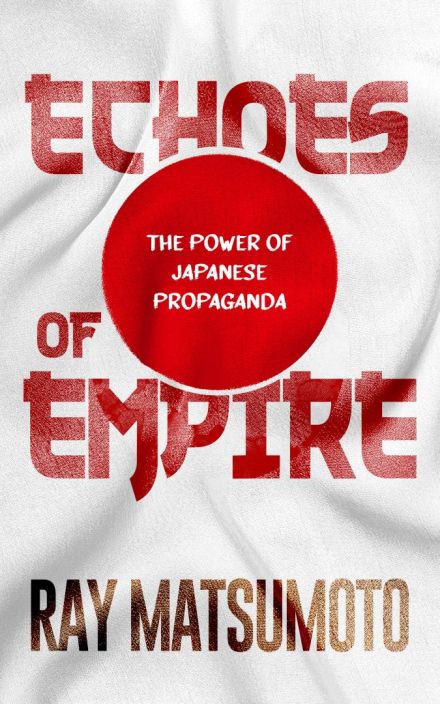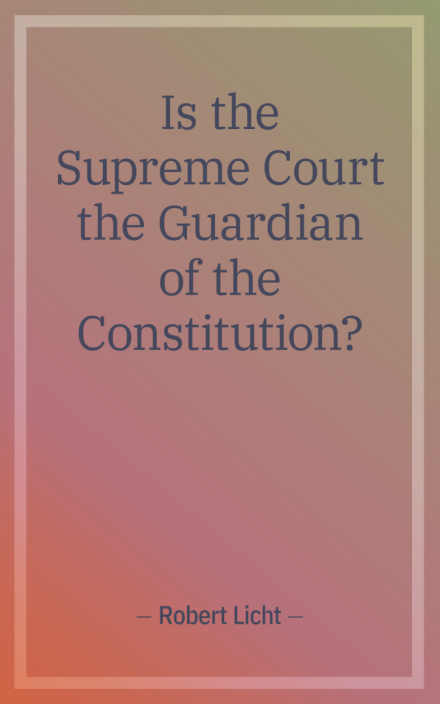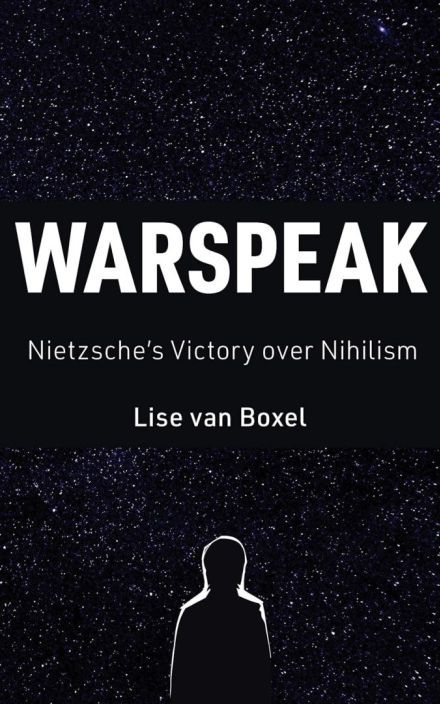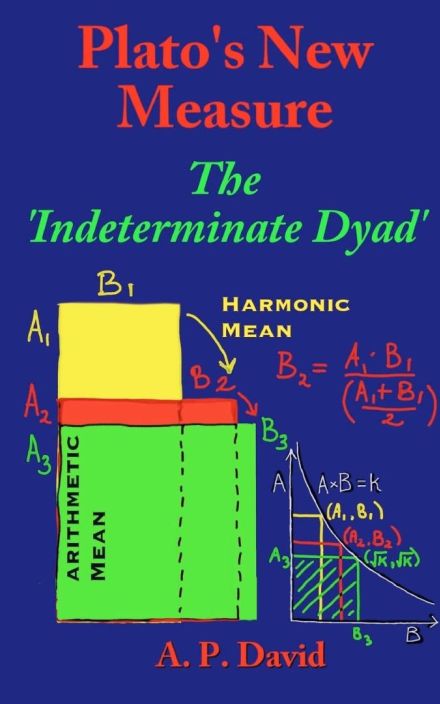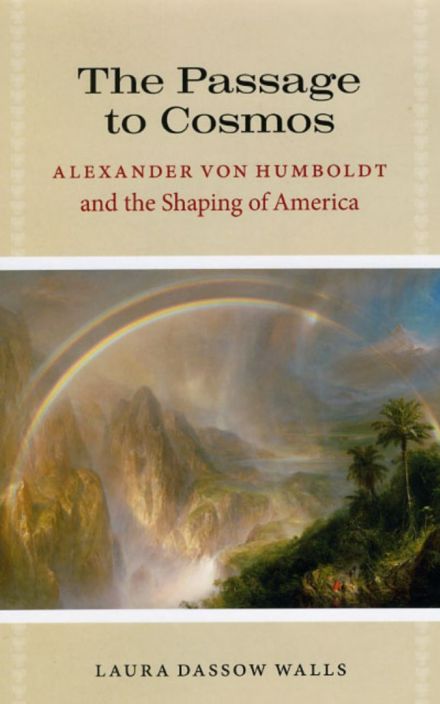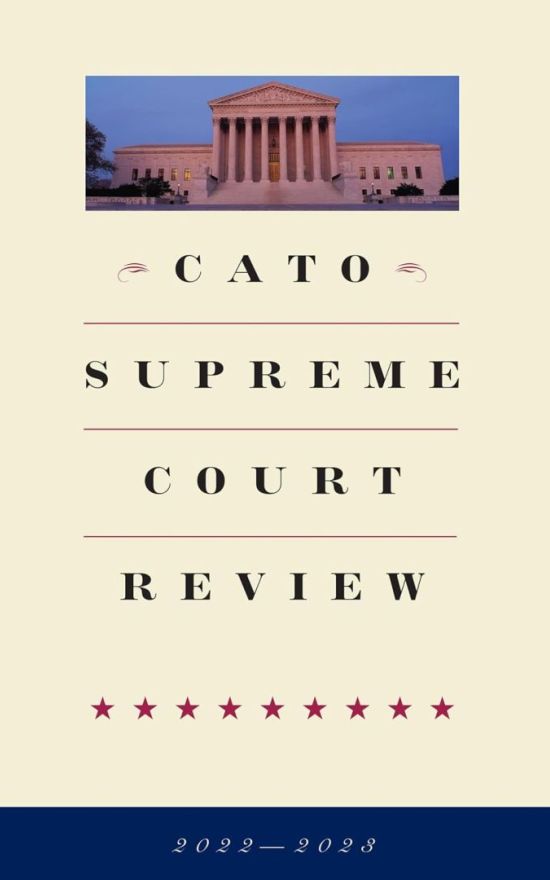
Cato Supreme Court Review 2022-2023
This is the 22nd volume of the Cato Supreme Court Review, the nation’s first in-depth critique of the 2022-2023 Supreme Court Term, plus a look at the term ahead. This isn’t a typical law review. It is meant to be read and enjoyed, even if you’re not a lawyer. It features digestible articles that help Americans understand the decisions of their highest court and why they matter, in plain English.
In putting together a collection of articles each year, the Review freely confesses its biases. The editorial position of the Review starts from the first principles: We have a federal government of limited powers, those powers are divided among the several branches, and individuals have rights that act as shields against those powers. It takes seriously those liberty-protective parts of the Constitution that have been too often neglected, including the affirmation of unenumerated rights in the Ninth Amendment and the reservation of legislative power to only the legislature (not the President) in Article I.
And there is another core value of the Review: It acknowledges that many cases are hard and that people of good faith can disagree on both outcomes and reasoning. It is not meant to simply echo every Cato position on every case, otherwise it could just reprint the amicus briefs Cato filed throughout the year. Rather, it gathers a stellar group of authors and gives them the freedom to write what they believe.
This edition features articles on Supreme Court cases dealing with the right of states to influence interstate commerce, compelled speech, overbroad laws, true threats, affirmative action, Native American adoption law, student loan forgiveness, the Clean Water Act, election law, trademark and copyright law, and more. The article's authors are leading legal scholars, practitioners, and professors.


